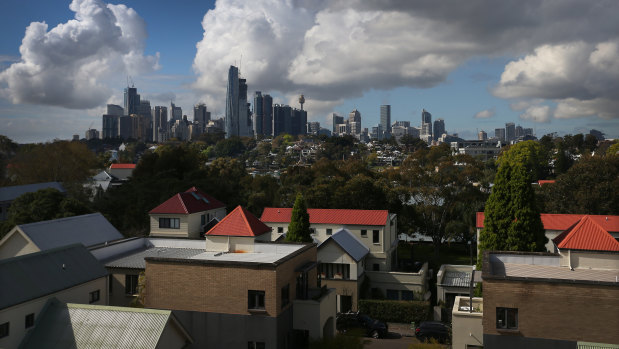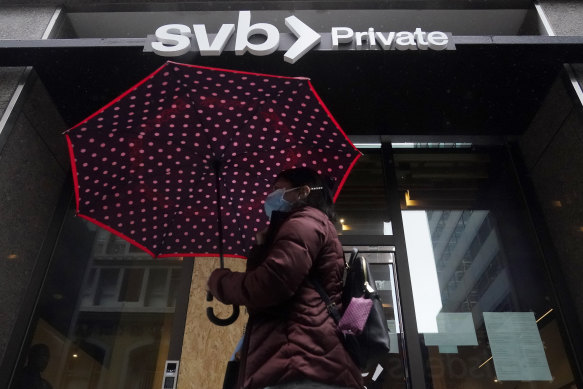Mortgage-holders wait nervously to see which way the RBA jumps
The Reserve Bank of Australia is likely torn on whether to pull the trigger on another rate rise at its next board meeting on April 4 or to wait until the following meeting in early May, as global market turmoil forces central banks to rethink their monetary policy.
One data point supporting an April rate rise is the strength of employment growth. That could lead to wage growth picking up, and, together with strong business conditions and still-high inflation, could mean our central bank will lift the cash rate again in April to 3.85 per cent from 3.6 per cent.
The RBA has to negotiate a slew of domestic and international economic factors in deciding on its next move on the cash rate.Credit:Getty
Meanwhile, the US Federal Reserve raised its key rate by a quarter of a percentage point early Thursday AEDT – the same size as its last increase – as it continues its efforts to get inflation down.
However, global financial market volatility, driven by the collapse of three mid-sized US banks and the Swiss-government-brokered deal for UBS to buy Credit Suisse, may stay our central bank’s hand. The Fed did seek to reassure markets, saying after its latest policy meeting that the “US banking system is sound and resilient”.
Another factor weighing on the RBA is that it takes time for the most recent of the 10 interest rate increases delivered since May last year to work their way through the economy. The bank will not want to overdo the rate rises and risk pushing our economy into recession.
Our central bank’s uncertainty is mirrored by big bank economists. ANZ economists continue to expect the RBA to increase the cash rate by 0.25 percentage points at each of its April and May meetings, to take the cash rate to 4.1 per cent, which it expects will be the peak.
Westpac says rates are likely to peak at 3.85 per cent, rather than its earlier forecast of 4.1 per cent. The bank expects a pause in April to be followed by a final increase of 0.25 percentage points at the May meeting.
Commonwealth Bank economists are staying mute for the time being, saying it is too close to call without seeing more economic data.
AMP chief economist Shane Oliver says we are “at or close to the top” for the cash rate and the “problems in global banks add support to this assessment”.
He also says while there is a chance that the fall in house prices has bottomed, it is more likely we are only halfway through what he expects will be a 15 per cent to 20 per cent fall in prices nationally.
Those with mortgages will be sweating on the outcome of the RBA’s cash rate deliberations.
An owner-occupier who had a $500,000 variable rate mortgage, not a large mortgage by Sydney and Melbourne standards, at the start of the rate rises in May last year is now making minimum monthly repayments of $3318 – an increase of $983, or 42 per cent, over the period.
Figures from RateCity show that if the RBA increases the cash rate by 0.25 percentage points in April, the monthly repayment will rise to $3393, an increase of 45 per cent since the start of the rate rises.
If the RBA were to increase the cash rate again in May by 0.25 percentage points, monthly repayment rises to $3469, or an increase of 49 per cent.
The collapse of Silicon Valley Bank earlier this month kicked off a tumultuous period for the global banking industry.Credit:AP
That is for those on variable rates; then there are hundreds of thousands of mortgage-holders on fixed-rate mortgages that are due to “roll off” to much higher variable rates in the second half of this year.
“By and large most of them will get through it; though, if the cash rate goes much higher, some will be forced to sell,” says Louis Christopher, the founder of SQM Research.
The Business Briefing newsletter delivers major stories, exclusive coverage and expert opinion. Sign up to get it every weekday morning.
Most Viewed in Money
From our partners
Source: Read Full Article



